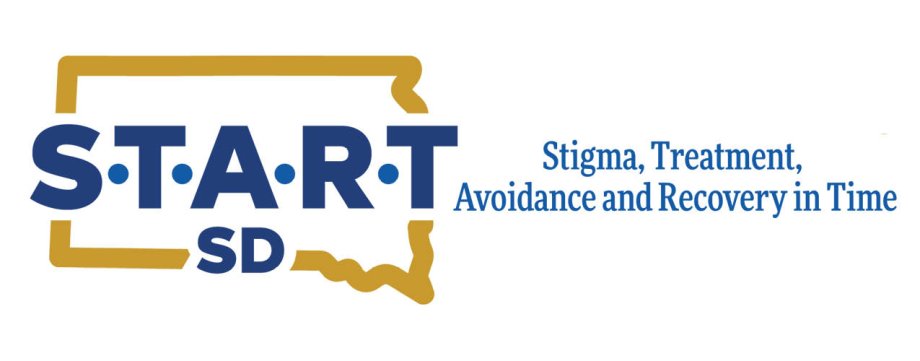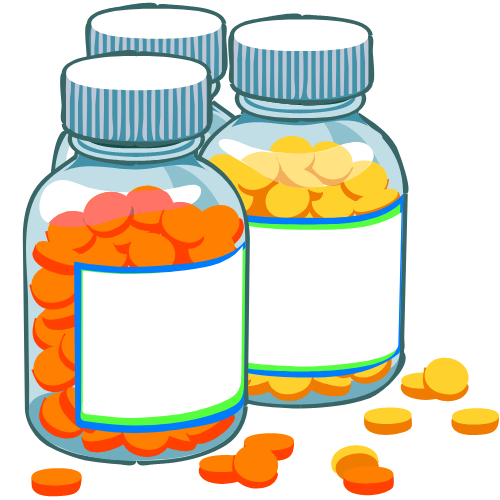
A new award of $300,000 from the Health Resources and Services Administration will result in a one-year program titled START-SD: Overdose Response (START-SD-OR), which will increase access to naloxone and fentanyl test strips, provide education and training on naloxone use and distribution, develop an anti-stigma campaign and expand access to peer recovery coaches.
 Erin Miller, project director for START-SD-OR, says one of her designs for the program is “to continue to reduce the harm in our communities that is caused by substance use disorder. The overall goal is to reduce morbidity and mortality associated with substance use disorder in target communities among adults ages 18-54 through promotion of harm reduction strategies, education and training with health care facilities to improve treatment, and increasing access to treatment and recovery services through education, training and placement of peer coaches.”
Erin Miller, project director for START-SD-OR, says one of her designs for the program is “to continue to reduce the harm in our communities that is caused by substance use disorder. The overall goal is to reduce morbidity and mortality associated with substance use disorder in target communities among adults ages 18-54 through promotion of harm reduction strategies, education and training with health care facilities to improve treatment, and increasing access to treatment and recovery services through education, training and placement of peer coaches.”
Between 2016 and 2020, there were more than 2,400 drug-related hospitalizations and 684 drug-related deaths in South Dakota, according to Miller.
The START-SD-OR program specifically targets Yankton, Lyman, Roberts and Hughes counties as these counties are highly vulnerable to opioid overdoses and health issues related to opioid use disorder. Some reasons for this include limited access to mental health services, substance use disorder treatment and counseling services. The START-SD team plans to bridge the gap in rural areas by connecting rural residents with needed recovery services, facilitate access to naloxone and distribute fentanyl test strips.
According to the Centers for Disease Control and Prevention, Naloxone is a lifesaving medication that can reverse an overdose from opioids—including heroin, fentanyl and prescription opioid medications—when given in time. Fentanyl test strips are a low-cost method of helping prevent drug overdoses and reducing harm. They are small strips of paper that can detect the presence of fentanyl in all different kinds of drugs.
Learn more about START-SD-OR and all the START-SD projects.
 Miller added, “Substance use disorder can impact anyone, and although there are many people and organizations doing great work to reduce the impact of substance use disorder, we still have more work to do and people who still need help in South Dakota.”
Miller added, “Substance use disorder can impact anyone, and although there are many people and organizations doing great work to reduce the impact of substance use disorder, we still have more work to do and people who still need help in South Dakota.”
Article Source/Except: South Dakota State University
 Naloxone Training Video Developed by Great Plains QIN
Naloxone Training Video Developed by Great Plains QIN
Reasons for the opioid epidemic are complex. A simple fact is we can all help to save a life of a family member we love or a complete stranger. Opioid overdose has impacted all of us on a personal or professional level. We can do our part to know how to administer naloxone.
To help educate the public on how to administer Naloxone, a training video has been created for anyone who is interested in learning more. The video covers the signs and symptoms of an opioid overdose, different administration techniques, and Good Samaritan Laws in North Dakota and South Dakota.
Naloxone TrainingAfter completing the training video, a QR code/link is provided to access a Naloxone Training Knowledge Check. A Certificate of Completion will be provided once the Knowledge Check is submitted. Thanks for taking the time to learn more about how Naloxone can save lives. Contact a member of our Great Plains QIN Team for assistance or more information.
